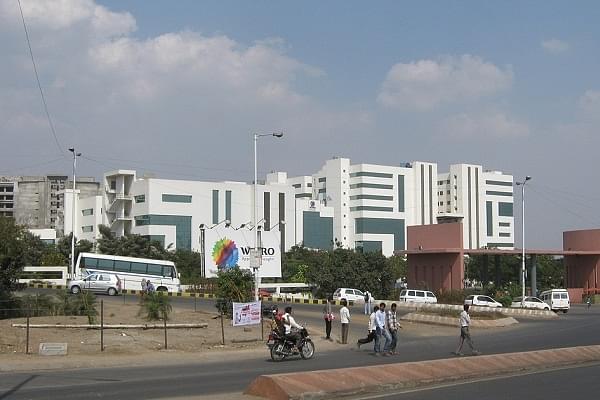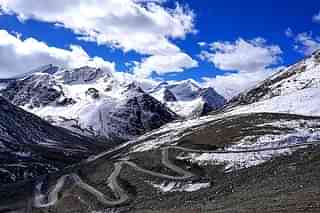Insta
Government Makes Rs 1,150 Crores By Selling 44.4 Million ‘Enemy Shares’ In Wipro; LIC Major Buyer
Swarajya Staff
Apr 05, 2019, 03:37 PM | Updated 03:37 PM IST
Save & read from anywhere!
Bookmark stories for easy access on any device or the Swarajya app.

The Union government on Thursday (4 April) sold “enemy” shares in IT behemoth Wipro worth Rs 1,150 crore and is looking to classify the proceeds under its divestment agenda, reports Business Standard (BS).
The enemy property, which can include land, shares held in companies, gold etc., refers to the property previously belonging to the citizens of enemy countries (for example, Pakistan and China). These were later seized by the Indian government during times of war.
The government sold 44.4 million shares of the company at Rs 259 apiece on the Bombay Stock Exchange (BSE) in a block deal. These shares were held by the Custodian of Enemy Property for India CEPI), which is an entity of the central government formed to look after enemy properties and shares.
State-owned Life Insurance Corporation of India (LIC), New India Assurance and General Insurance Corporation bought the shares. LIC alone alone accounted for shares worth Rs 1,000 crore.
A Much-Needed Reform
On 9 November, the Union Cabinet, chaired by PM Modi, had given its ‘in-principle’ approval for the mechanism and procedure to be adopted for the sale of enemy shares. As of December 2018, a total of 6,50,75,877 shares in 996 companies were under CEPI’s possession with a cumulative value of about Rs 3,000 crore.
The govt had constituted an Alternative Mechanism (AM) committee that decided on the process of selling these shares. It was chaired by the Union Minister of Finance, Arun Jaitley and will include the Union Minister of Road Transport, Nitin Gadkari.
Save & read from anywhere!
Bookmark stories for easy access on any device or the Swarajya app.
Support Swarajya's 50 Ground Reports Project & Sponsor A Story
Every general election Swarajya does a 50 ground reports project.
Aimed only at serious readers and those who appreciate the nuances of political undercurrents, the project provides a sense of India's electoral landscape. As you know, these reports are produced after considerable investment of travel, time and effort on the ground.
This time too we've kicked off the project in style and have covered over 30 constituencies already. If you're someone who appreciates such work and have enjoyed our coverage please consider sponsoring a ground report for just Rs 2999 to Rs 19,999 - it goes a long way in helping us produce more quality reportage.
You can also back this project by becoming a subscriber for as little as Rs 999 - so do click on this links and choose a plan that suits you and back us.
Click below to contribute.





